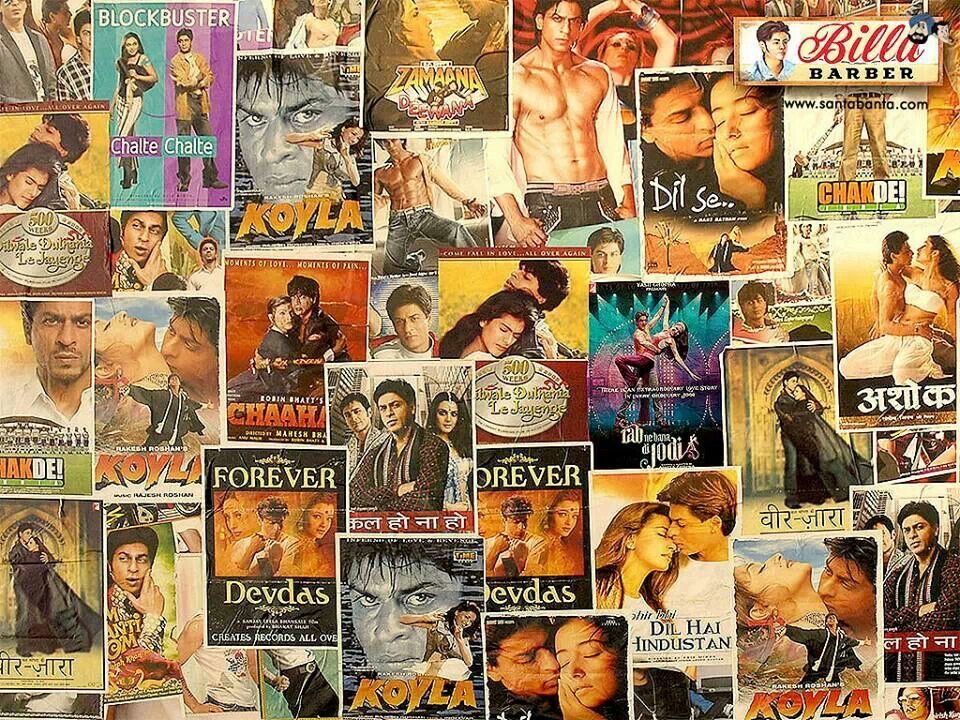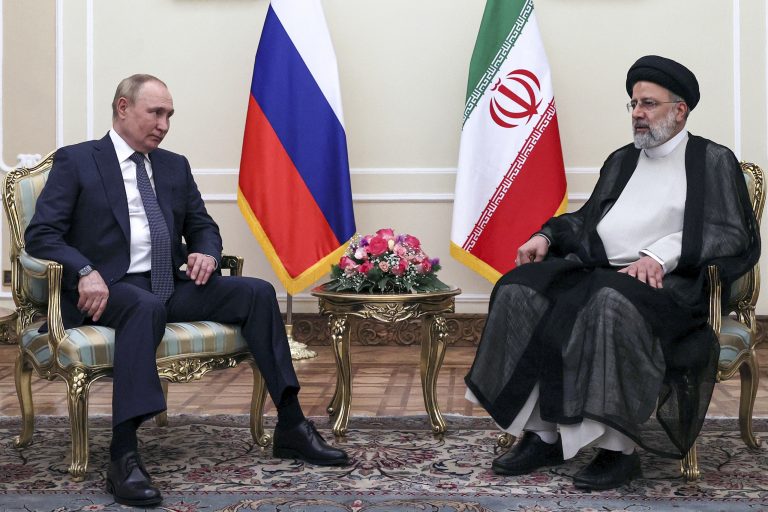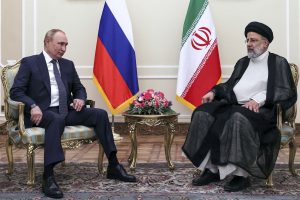By Ambi Najjhur, Regional Editor Asia
Bollywood and Nation-building
Bollywood is not simply an entertainment industry, but a tool for framing political imagination and societal mood.

Bollywood, which is the largest film industry in the world and one of the most recognisable cultural spaces in the world, tends to be understood solely as a site of popular entertainment and commercial export. This is somewhat willfully ignorant, especially when we want to recognise the even denser role that the Industry plays in framing political imagination in relation to peoples both in and against the backdrop of India’s territorial boundary. In other words, in South Asian geopolitics, Bollywood is no longer a simple reflection of the mood of society but rather it creates that society’s mood, constructing national identities and forms of soft economic power in transnational networks embedded so richly in the geopolitics and agonistic relations of power.
Literature on Bollywood engages with several areas of international relations theory. Constructivism, in particular, highlights the importance of identities and norms in shaping states’ behaviour.¹ Soft power highlights the ability to attract rather than threaten to produce influence.² Political economy looks at how markets and industries reproduce geopolitical conditions. Together, this literature will be synthesized in this review by examining Bollywood’s geopolitical role along three lines: (1) cinematic nationhood and the politics of belonging, (2) cultural soft power and unequal regional alignments, and (3) transnational economic integration and political repercussions.
Cinematic Nationhood and Politics of Belonging
Bollywood’s role in the production of the Indian nation can be placed in the context of Benedict Anderson’s conceptualization of “imagined communities,” wherein cultural production creates emotional links between populations that are otherwise unconnected.³ Cinema has long been one of the most effective places for this imagining in India, connecting regional differences through a cohesive, if contested, national narrative.
Kabir gives a remarkable example of Kashmir on film, where landscapes take on affective significance, rendering contested land a classic aestheticized homeland.⁴ Kashmir as screen text is a political claim not simply a location; it expresses sovereignty made actionable through love, tragedy, and song. Virdi makes a similar case for war movies, such as Border (1997), or Uri: The Surgical Strike (2019), that reduce geopolitical conflict into moralist parables, visually constructing the enemy of the nation as credible figments destined to be the foil for Indian heroism.⁵
Dwyer builds on this argument and critiques the imagery that Bollywood repeatedly uses: funeral mothers, serving soldiers, and the homeland landscapes of soldier martyrs into a visual lexicon of Indianness.⁶ Ganti questions whether ideological reading of these films is warranted, arguing the political economy of filmmaking, from censorship regimes to corporate distributors, during the present era ensures a single trope of nationalism, while acts of resistance are relegated to peripheral margins.⁷ These readings acknowledge cinema as a conduit and perpetuate the paradox of cinema as cultural product and cultural apparatus: as a medium of personal pleasure, while simultaneously preserving the image of the nation in our collective memories.
Cultural Soft Power and Regional Alignments
While Bollywood constructs the nation for national consumption, it also projects India outward as a cultural site. Nye’s concept of soft power gives a glaring example of soft power in Bollywood’s regional circulation as films and music create familiarity, longing, and aspirational identification.² Yet this power is often fraught with tension.
Liechty’s ethnographic study of urban Nepal indicates the ways in which Bollywood reshapes middle-class consumption patterns, embedding Indian cultural forms into urban quotidian life.⁸ Attitudes towards fashion, language, and romantic sentiments from Hindi cinema produce ambivalence and admiration, and the simultaneity of both sentiments produces a desire to be associated with India but raises anxieties regarding culturally subordinate relationships. In Bhutan, Hutt records the state’s periodic bans on Bollywood imports, a realization that no cultural flow exists without questions of sovereignty.⁹
Thussu identifies Bollywood as a component of India’s “cultural diplomacy,” with yoga, food and spirituality as the instruments of attraction.¹⁰ However, as Gokulsing and Dissanayake suggest, the unifying quality of Bollywood through South Asia is accompanied by an asymmetry; Indian cultural exports supersede the cinemas of Nepal, Bhutan, or Sri Lanka, which also rarely circulate back to India.¹¹ From a constructivist standpoint, the asymmetries are significant; the repeated framing of representation in cinema encode perceptions of India, and invite positioning neighbours as subordinate cultural consumers and not adequate participants in the regional order.
Transnational Economic Integration and Political Repercussions
Bollywood’s geopolitical extension goes beyond narrative and cultural effects; it is embedded in the political economy of global media flow. The industry is increasingly transnational, dependent on an extensive network of diaspora audiences, co-productions, and distribution circuits that cross national borders.
Punathambekar follows the trajectory of both diasporic capital and overseas markets as they transformed Bollywood from a local industry to a global referral industry, leading to outcomes with revenues and visibility that allow Bollywood to extend influence in the material and symbolic sphere of “India.”¹²
Athique distinguishes Bollywood as part of the broad globalization of Indian media, suggesting that integration of Bollywood into the global economic circuits of production and tourism creates interdependencies that enhance India’s power and leverage.¹³ Kaur and Sinha outline Bollywood’s market-driven need to rebrand itself for international audiences, where cultural specificity is married with cosmopolitan accessibility.¹⁴ This serves to strengthen representation of India as both modern and traditional.
Rajadhyaksha’s Bollywoodization was about defining the function of Bollywood as both a cultural product commodity and a symbol of the nation, recognizing that Bollywood is used not just in commerce and tourism, but as brand India and marketed as such.¹⁵
For political economy, Bollywood acts as informal diplomacy, helping to promote tourism, encourage foreign investment and integrate Indian cultural products into international markets. These economic flows leverage India’s geopolitical position by intertwining culture with commerce in a way that can influence without employing state action.
Conceptual Synthesis: Cinema as a Geopolitical Instrument
Based on this review of the literature, I propose a framework that encompasses the multiple, and at times contradictory, geopolitical roles of Bollywood across three dimensions:
1. Constructivist identity-making: Film serves as a tool of modern-day nation-building, shaping domestic and regional understandings and imaginaries of India.
2. Soft power projection: Bollywood’s media exports produce a desire for India, a cultural affinity to be Indian, and a sense of knowing what it means to be Indian.
3. Political-economic leverage: Bollywood’s transnational production networks affect material interdependencies that reinforce India’s geopolitical position.
Bollywood’s role in producing and reproducing geopolitical orders across South Asia has multi-layered dimensions, and is not an isolated phenomenon. Nationalist narratives in Bollywood films amplify cultural appeal, but cultural appeal also expands territorial markets. Economic independence, in particular the capacity to penetrate joint production markets, increases India’s geopolitical power in the international order. While Bollywood does not yield a passive reflection of politics, it has multilayered dimensions as an active producing and reproducing manifestation of South Asia’s geopolitics.
Whilst Bollywood has always been a recognized embodiment of a lively cultural industry, the deeper significance it brings is as a geopolitical arena. At the national level, Bollywood writes India into being and binds contested sovereignty into something that is emotionally powerful. At the regional level, Bollywood tells the story of India’s cultural influence in both unifying and subordinating ways. Economically, Bollywood embeds India in global cultural markets that magnify India’s standing and structural power. By placing Bollywood as a point of intersection between constructivism, soft power, and political economy, this review reappraises cinema as a vital agent in IR, while also helping to shine a light on India’s regional strategy and extend the conceptual boundaries of IR itself, and encourages scholars to take the role of popular culture in constructivist nation-building in world politics seriously.

Bibliography
- Wendt, Alexander. Social Theory of International Politics. Cambridge: Cambridge University Press, 1999. https://doi.org/10.1017/CBO9780511612183
- Nye, Joseph S. Soft Power: The Means to Success in World Politics. New York: PublicAffairs, 2004. https://www.publicaffairsbooks.com/titles/joseph-s-nye-jr/soft-power/9781586483067
- Anderson, Benedict. Imagined Communities: Reflections on the Origin and Spread of Nationalism. London: Verso, 1983. https://www.versobooks.com/products/1642-imagined-communities
- Kabir, Ananya Jahanara. Territory of Desire: Representing the Valley of Kashmir. Minneapolis: University of Minnesota Press, 2009. https://www.upress.umn.edu/book-division/books/territory-of-desire
- Virdi, Jyotika. The Cinematic Imagination: Indian Popular Films as Social History. New Brunswick, NJ: Rutgers University Press, 2003.
- Dwyer, Rachel. Bollywood’s India: Hindi Cinema as a Guide to Contemporary India. London: Reaktion Books, 2014.
- Ganti, Tejaswini. Producing Bollywood: Inside the Contemporary Hindi Film Industry. Durham, NC: Duke University Press, 2012. https://www.dukeupress.edu/producing-bollywood
- Liechty, Mark. Suitably Modern: Making Middle-Class Culture in a New Consumer Society. Princeton, NJ: Princeton University Press, 2003. https://press.princeton.edu/books/paperback/9780691089816/suitably-modern
- Hutt, Michael. Unbecoming Citizens: Culture, Nationhood, and the Flight of Refugees from Bhutan. Oxford: Oxford University Press, 2003. https://global.oup.com/academic/product/unbecoming-citizens-9780195662052
- Thussu, Daya Kishan. Communicating India’s Soft Power: Buddha to Bollywood. New York: Palgrave Macmillan, 2013. https://doi.org/10.1057/9781137027894
- Gokulsing, K. Moti, and Wimal Dissanayake. Indian Popular Cinema: A Narrative of Cultural Change. Stoke-on-Trent: Trentham Books, 2004. https://www.worldcat.org/title/57221177
- Punathambekar, Aswin. From Bombay to Bollywood: The Making of a Global Media Industry. New York: New York University Press, 2013. https://nyupress.org/9780814760282/from-bombay-to-bollywood
- Athique, Adrian. Indian Media: Global Approaches. Cambridge: Polity Press, 2012. https://politybooks.com/product/indian-media-global-approaches
- Kaur, Raminder, and Ajay J. Sinha, eds. Bollywood: Popular Indian Cinema through a Transnational Lens. New Delhi: SAGE Publications, 2005. https://us.sagepub.com/en-us/nam/bollywood/book226464
- Rajadhyaksha, Ashish. “The ‘Bollywoodization’ of the Indian Cinema: Cultural Nationalism in a Global Arena.” Inter-Asia Cultural Studies 4, no. 1 (2003): 25–39. https://doi.org/10.1080/1464937032000066430
- Castro, Hugo, Tanrisever, Cem, Pamukçu, Ceyda, and Sharma, Amit. “Standby, Action and Cut! How Bollywood Films Encourage Tourism All Around the World.” In Future Tourism Trends Volume 1 (Building the Future of Tourism), edited by Cem Tanrisever, Ceyda Pamukçu, and Amit Sharma, 185–203. Leeds: Emerald Publishing Limited, 2024. https://doi.org/10.1108/978-1-83753-244-520241013




